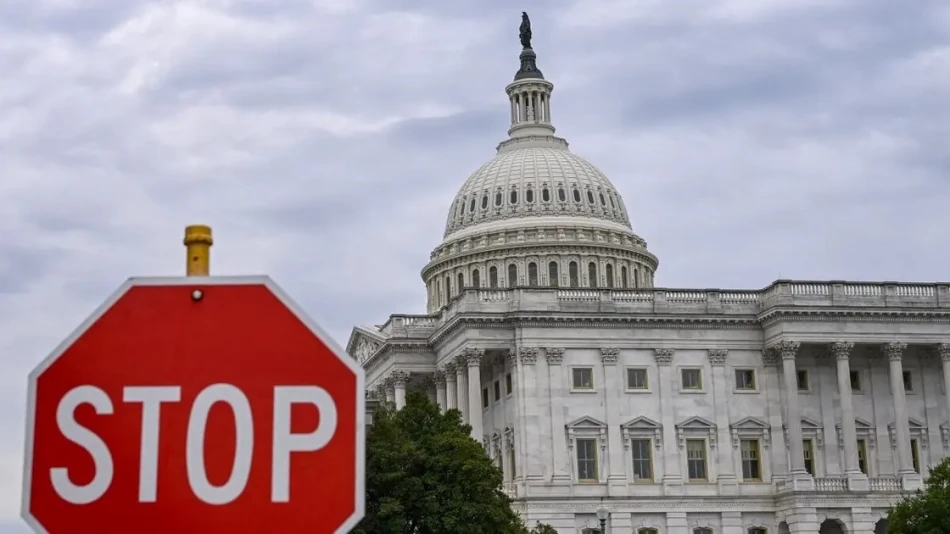
U.S. Officially Enters Federal Paralysis Crisis: Partisan Gridlock Cripples Government
The United States entered a federal government shutdown at midnight Wednesday after Congress failed to pass a partial budget extension. This forces many federal departments and agencies to halt operations and puts their employees on unpaid leave.
This marks the first government shutdown in about seven years. The last one in 2018-2019 became the longest in U.S. history, lasting 35 days. Republicans couldn't secure enough votes to extend government funding beyond Tuesday, which marks the end of the federal fiscal year.
Here's what this means practically: Essential services like Social Security payments and military operations continue running. But national parks close, passport processing stops, and hundreds of thousands of federal workers stay home without pay until Congress reaches a deal.
The economic impact hits quickly. During the 2018-2019 shutdown, the Congressional Budget Office estimated the economy lost $11 billion, with $3 billion never recovered. Small businesses near federal facilities lose customers, and government contractors face delayed payments.
Financial markets typically show limited reaction to short shutdowns, but extended closures create uncertainty. The bigger concern is how this affects America's credit rating and borrowing costs, especially given ongoing debates about the debt ceiling.
Government shutdowns have become a recurring political tool in Washington, but they create real consequences for millions of Americans who depend on federal services. The pressure usually builds on lawmakers as public frustration grows, forcing them back to the negotiating table.
The timing matters too. With the fiscal year ending, this isn't just about short-term funding but sets the stage for broader budget battles ahead. Both parties now face pressure to find a solution before the economic and political costs mount further.
Most Viewed News

 Sara Khaled
Sara Khaled






